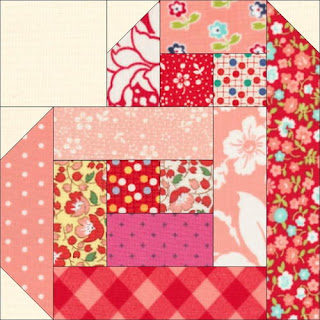The following info is thanks to Helena--our Ravelry discussion leader
Check out the group on Ravelry and join us in reading these intriguing books
by Agatha Christie--we watched Acorn version of "The Mysterious
Affair at Styles"
"The story takes place during the First World War, also known as The Great War and is the first novel published by Agatha Christie. We are introduced to Arthur Hastings, Hercule Poirot and Inspector Jappe of Scotland Yard.
A short audio dramatisation is to be found here
The full audio book is here
A free copy of the text is to be found here
The full audio book is here
A free copy of the text is to be found here
Published in 1920--how have things changed in 100 years?
- In 1914 women worked mostly in the textiles industry. By 1918 almost a million women were employed in some aspect of munitions work.
- The first women police officers served during the First World War.
- Even though women formed a large part of the work force, only munitions workers received a partial compensation for childcare.
- The Women’s Army Auxiliary Corps (WAAC) was established in December 1916. The Women’s Royal Naval Service was formed in November 1917 and the Women’s Royal Air Force was set up on 1 April 1918. In total, over 100,000 women joined Britain’s armed forces during the war.
- Women’s football became popular. Many munitions factories developed their own ladies’ football teams.The most famous of these teams were Dick, Kerr’s Ladies FC in Preston. Founded in 1917, their matches drew large crowds. They continued to enjoy success until women were banned from playing in Football League grounds in 1921.
- The suffrage movement fractured as some of their leaders supported the war effort while others opposed the war. Those that supported the war saw their efforts rewarded in February 1918, when the Representation of the People Act gave the vote to all men over 21 years of age and to women over 30. It was another ten years later before this was extended to women over 21.
- Women serving in the auxiliary services or working in manufacturing, transport and on the land wore a range of uniforms and clothes, sometimes including trousers. Although women’s fashions were already evolving by 1914, the move to more practical clothing during wartime undoubtedly accelerated the pace of change.
Women were encouraged to knit for the troops (comforts for the troops). This included socks, knee warmers, mittens, rifle mittens, scarves and balaclavas.
After the war, with the start of the “flapper” era, women were ready for something new. Hats (cloches), and sportswear (tennis and golf) became very popular.

























